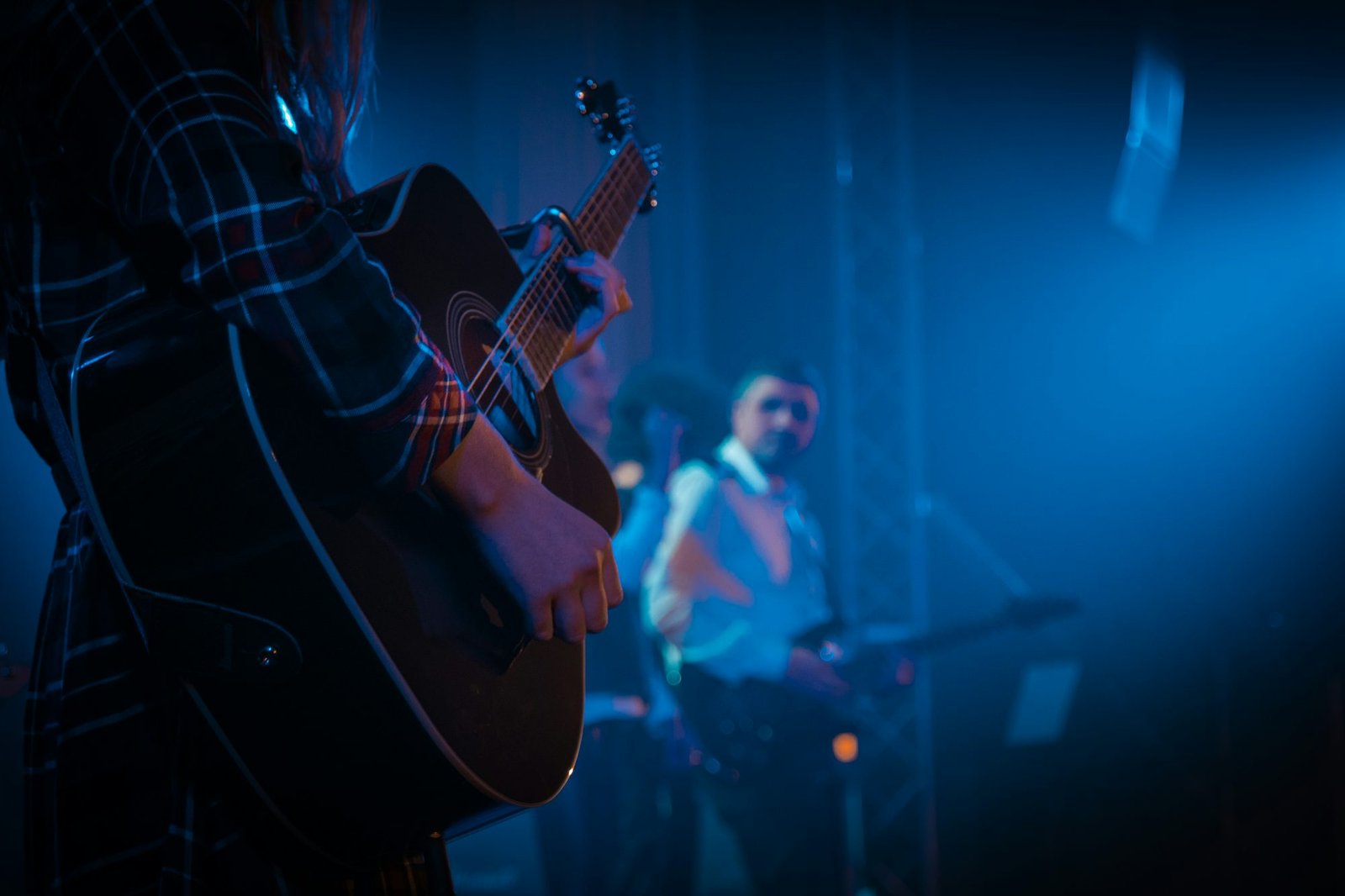contxy.xyz
An exploration of the development contxy and music transformation stage of music genres, highlighting live performance key influences, historical contexts, and the interplay between various styles.
In ancient times, music served both ritualistic and entertainment purposes. The earliest forms of music were likely vocalizations accompanied by simple percussion instruments, designed to bring communities together. The chants of early civilizations laid the groundwork for what would become the rich tapestry of musical genres. As cultures interacted through trade and exploration, they exchanged musical ideas, creating a fusion of styles that enriched their own traditions.
The medieval period marked a significant development in Western music, with the emergence of Gregorian chant as a prominent form of sacred music. This plainchant, characterized by its monophonic texture and modal scales, set the stage for the complexity that would follow. The advent of polyphony in the Renaissance introduced harmony and counterpoint, leading to the development of distinct musical forms such as the madrigal and motet. These innovations paved the way for the Baroque period, where composers like Johann Sebastian Bach and George Frideric Handel began to explore the emotional depth of music through intricate melodies and rich harmonies.
As music evolved, the Classical period emerged, bringing with it a focus on form and structure. Composers like Wolfgang Amadeus Mozart and Ludwig van Beethoven refined the sonata and symphony, creating masterpieces that continue to resonate today. The clarity and balance of this era would influence countless genres that followed. The Romantic period, however, marked a shift towards personal expression and emotional depth, with composers like Franz Liszt and Johannes Brahms expanding the boundaries of musical storytelling.
Meanwhile, in the 19th century, the birth of folk music in various cultures signaled a return to simpler, more relatable forms of expression. These traditions, passed down through generations, reflected the everyday lives and struggles of the people. Genres like blues, which emerged from African American communities in the Southern United States, encapsulated the pain and resilience of their experiences, giving rise to a powerful narrative in music.
The 20th century saw an explosion of new genres as technological advancements transformed the way music was produced and consumed. The invention of the phonograph allowed for the mass distribution of music, leading to the popularization of jazz, rock and roll, and later, hip-hop. Jazz, with its roots in blues and ragtime, emerged as a revolutionary genre characterized by improvisation and syncopation. Artists like Louis Armstrong and Duke Ellington pushed the boundaries of music, influencing countless genres and musicians around the world.
The rise of rock and roll in the 1950s marked a cultural shift, as youth embraced this energetic genre as a form of rebellion and self-expression. Artists such as Elvis Presley and Chuck Berry became icons, representing a new era of music that combined elements of rhythm and blues with country influences. This genre continued to evolve, giving rise to subgenres such as punk, metal, and alternative rock, each with its own distinct identity and cultural significance.
Hip-hop emerged in the 1970s as a powerful voice for marginalized communities, rooted in African American culture. It began as a means of expression in urban neighborhoods, using rhythm, rhyme, and sampling to create a new art form. Pioneers like DJ Kool Herc and Grandmaster Flash laid the groundwork for a genre that would evolve into a global phenomenon, influencing fashion, language, and social movements.
As music genres continued to diversify, the rise of electronic music in the late 20th century introduced a new dimension to the musical landscape. With the advent of synthesizers and digital production, artists began to experiment with sound in unprecedented ways. Genres such as techno, house, and drum and bass emerged from underground scenes, becoming integral to the club culture of the 1980s and 1990s. This innovation not only changed the way music was created but also how it was experienced, leading to the rise of DJ culture and electronic music festivals.
The 21st century has seen the blending of genres like never before. Artists increasingly draw on a wide range of influences, creating hybrid styles that defy categorization. This cross-pollination of genres has led to the emergence of pop artists incorporating elements of hip-hop, rock, and electronic music into their work. The global nature of the internet has also allowed for a more accessible music scene, where artists from different backgrounds can collaborate and share their sounds with a worldwide audience.
Platforms like Spotify and SoundCloud have transformed the way music is consumed, allowing listeners to explore a vast array of genres at their fingertips. The accessibility of music has democratized the industry, giving rise to independent artists who can produce and distribute their work without the backing of major labels. This shift has resulted in a more diverse musical landscape, where niche genres can find their audience alongside mainstream hits.
The evolution of music genres is a testament to the power of creativity and collaboration. Each genre not only reflects the historical and cultural context of its time but also serves as a reminder of the interconnectedness of musical traditions. As artists continue to experiment and innovate, the future of music remains bright, with endless possibilities for new sounds and styles to emerge. The journey through time reveals that music is not just an art form; it is a living, breathing entity that evolves alongside society, capturing the essence of human experience in all its complexity. Whether through the soulful strains of jazz, the rebellious spirit of rock, or the infectious beats of electronic music, each genre tells a story, connecting us all through the universal language of sound.